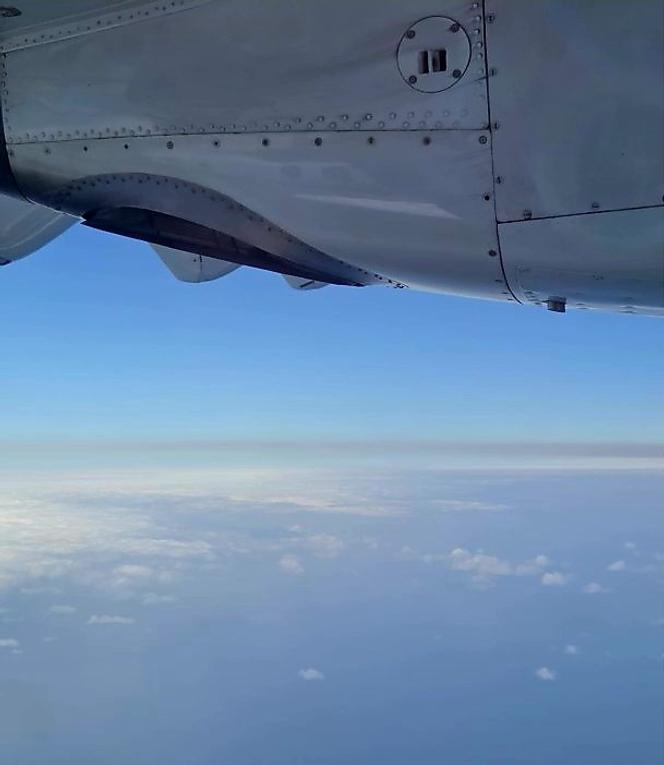


To better understand the changing nature of forest fires, a laboratory aircraft is beginning a research mission over Europe this summer. An ATR 42, equipped with two metric tons of scientific measuring instruments, carried out its first mission above the fire that broke out on July 17 in the Cévennes in southern France, burning 40 hectares. The following day, it collected data on the Martigues fire near the French Riviera, which destroyed 250 hectares of pine forest in 24 hours and affected nearly 120 homes on the outskirts of the city. The first flights had already made it possible to study the presence of pollution at high altitude from fires that have been burning continuously in Canada for over a month.
In Canada, some 3,000 active fires have already consumed more than five million hectares. Their smoke is altering the color of sunsets in Europe, although it is unclear exactly which particles are being carried here by air masses. "We collected samples to analyze these aerosols, which overall remain a poorly understood topic in Europe, even though we know they have effects on human health and biodiversity, and can alter weather and climate," said Agnès Borbon, an atmospheric chemistry researcher at the University of Clermont-Ferrand.
You have 64.33% of this article left to read. The rest is for subscribers only.
